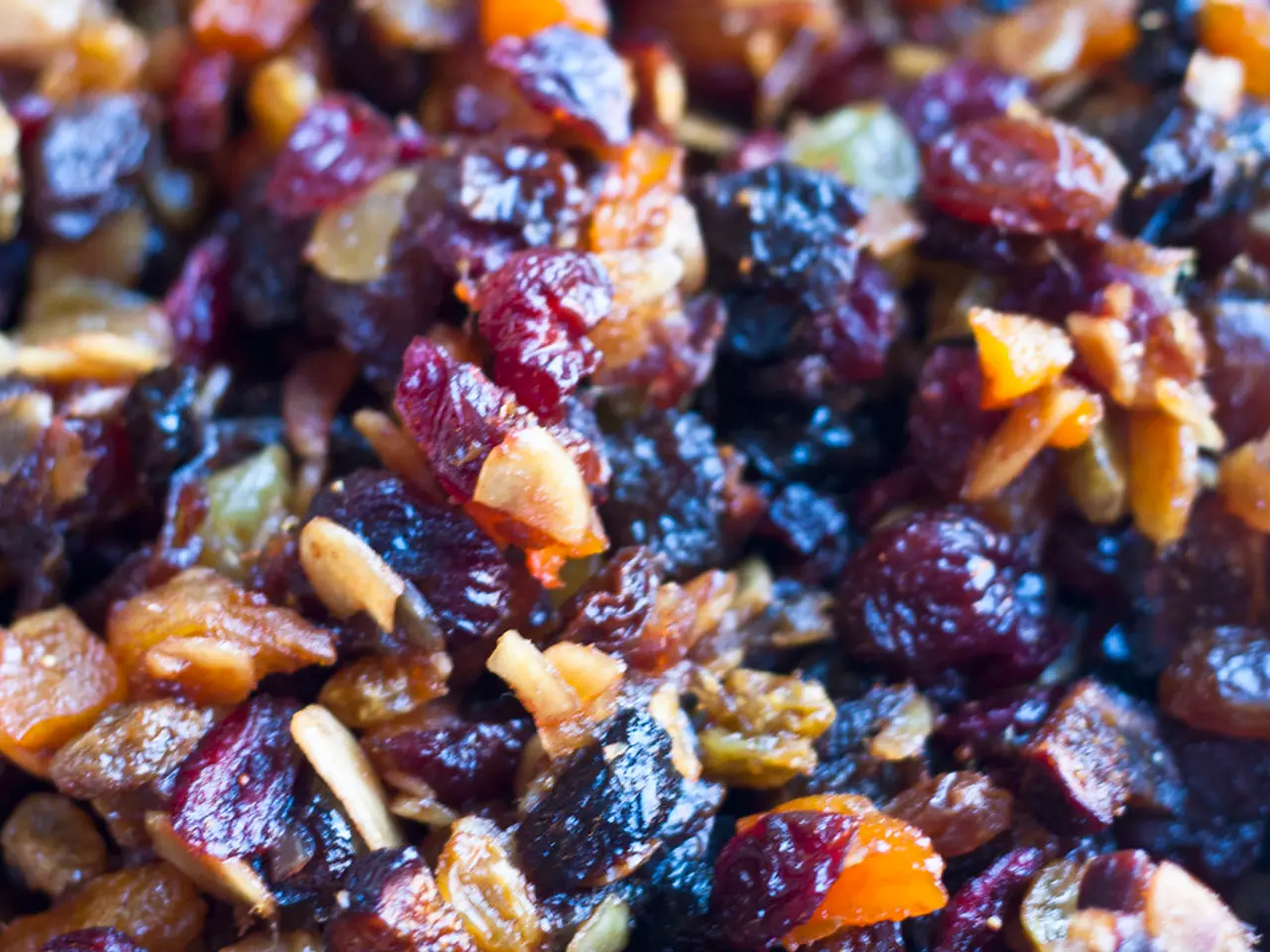Dietary Options to Avoid for Arthritis Sufferers
Rheumatoid arthritis (RA) is a chronic, inflammatory joint condition that can cause significant damage to bones and cartilage, impacting the lives of millions worldwide. This article provides an in-depth look at the key pathophysiological mechanisms common to many types of arthritis.
## Autoimmunity and Genetic Predisposition
The development of RA begins with the immune system mistakenly attacking self-antigens, particularly citrullinated proteins. Anti-citrullinated protein antibodies (ACPAs) and rheumatoid factors (RFs) are hallmark features of RA. A genetic predisposition, especially HLA-DRB1 alleles, increases the risk of developing RA, though the precise mechanisms remain an area of ongoing research.
## Innate and Adaptive Immune Activation
RA involves both innate and adaptive immune responses. Activation of monocytes, macrophages, and dendritic cells triggers a chain reaction that leads to the recruitment of inflammatory cells to the joints, contributing to tissue damage. T cells and B cells play pivotal roles, driving inflammation by secreting pro-inflammatory cytokines and producing autoantibodies, respectively.
## Synovial Inflammation and Joint Destruction
The synovium becomes hyperplastic and infiltrated by immune cells, leading to the formation of pannus tissue. This invasive tissue destroys cartilage and bone through the action of matrix metalloproteinases (MMPs) and osteoclasts. Proliferation of blood vessels within the synovium supports the growing inflammatory mass, further contributing to joint damage. Osteoclasts, stimulated by cytokines such as RANKL, mediate bone resorption, leading to characteristic erosions seen on imaging.
## Post-Translational Modifications and Epigenetics
Protein modifications such as citrullination and carbamylation alter protein structure and function, generating neo-epitopes that are recognized as foreign by the immune system, thereby fueling autoimmunity. Epigenetic mechanisms, including DNA methylation and histone modifications, influence the expression of genes involved in inflammation and immune regulation, contributing to disease heterogeneity and progression.
## Inflammatory Memory and Chronicity
Innate immune cells, particularly monocytes, can be “reprogrammed” by chronic exposure to endogenous danger signals. This leads to a heightened and sustained inflammatory response upon re-exposure to injury or other triggers, explaining the persistence of inflammation despite treatment in many patients. Altered cellular metabolism and iron-related cell death (ferroptosis) in these cells further promote treatment resistance and tissue damage.
## Dietary Considerations
While this article focuses on the pathophysiology of arthritis, it's important to note that diet plays a crucial role in managing the condition. A balanced, whole-foods diet is recommended, with an emphasis on avoiding processed foods, sugary snacks and beverages, packaged and processed meat, artificial additives, refined grains, pre-packaged frozen dinners, and convenience foods, which can worsen inflammation and aggravate arthritic symptoms.
## Conclusion
RA pathophysiology is driven by a self-perpetuating cycle of autoimmunity, innate and adaptive immune activation, cytokine-driven inflammation, synovial hyperplasia, and joint destruction. Understanding these mechanisms is essential for developing effective treatments and improving the lives of those affected by RA. Seeking out individualised advice from a medical professional or a trained dietitian is recommended for creating an arthritis-friendly food plan.
References are provided for further reading on the pathophysiology of arthritis and its management.
- The therapy and management of chronic diseases like rheumatoid arthritis (RA) vitally include understanding health-and-wellness aspects, such as dietary considerations.
- Rheumatoid arthritis (RA) is a medical-condition that primarily affects joints, causing significant health problems due to chronic inflammation and joint damage.
- Therapies-and-treatments for chronic-diseases like RA often target the key pathophysiological mechanisms, including autoimmunity, innate and adaptive immune activation, and cytokine-driven inflammation.
- Science continues to explore genetic predisposition's role in rheumatoid arthritis (RA), which can increase the risk of developing this chronic joint condition.




